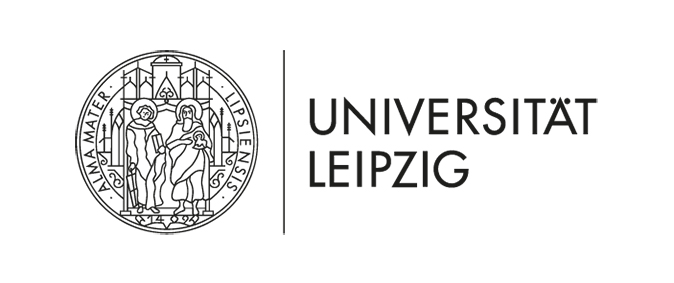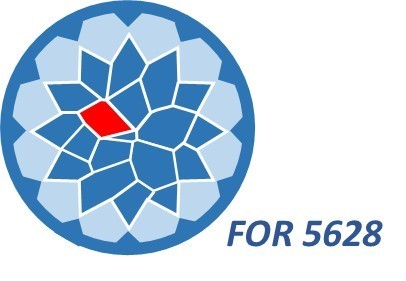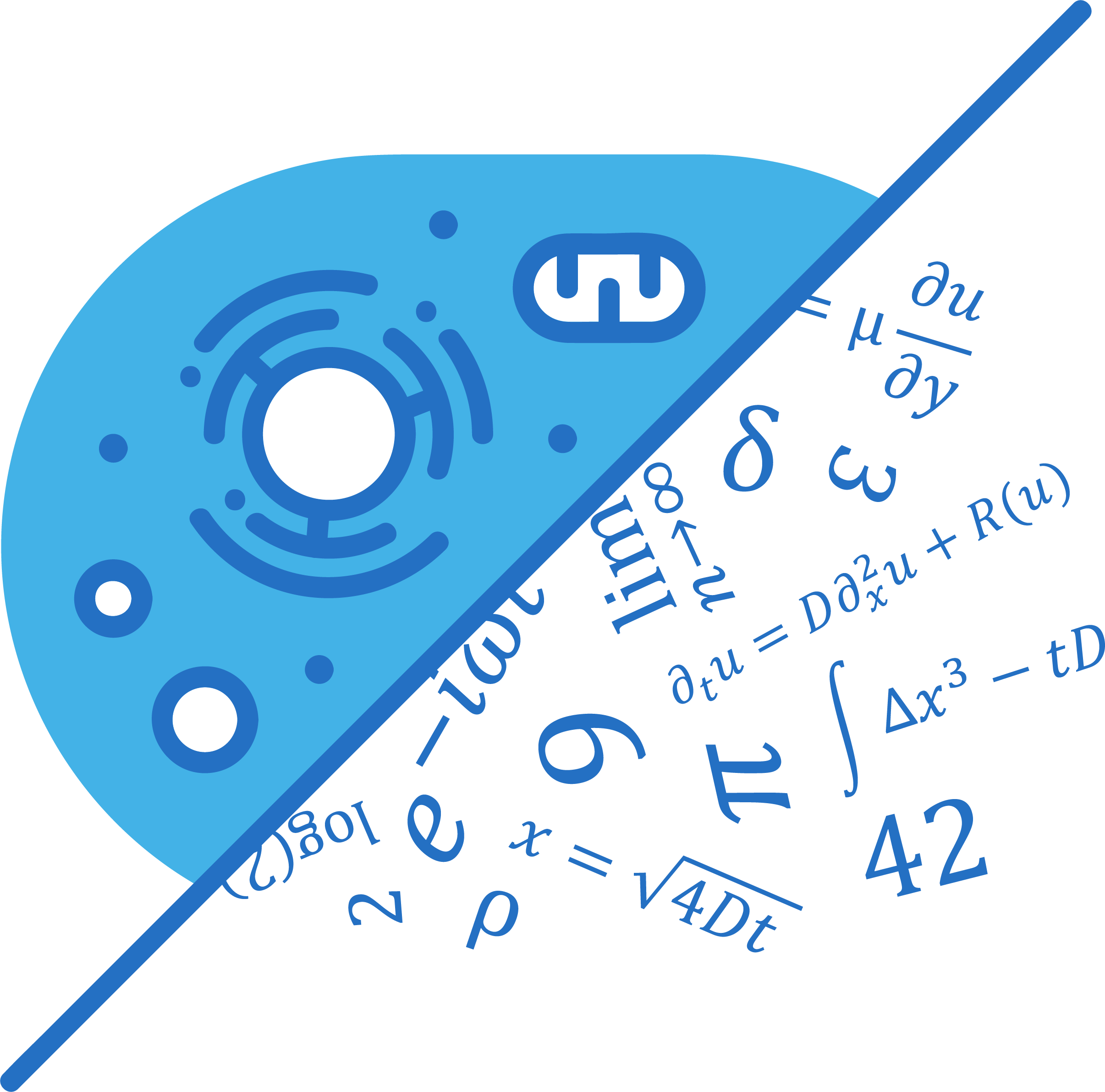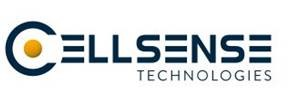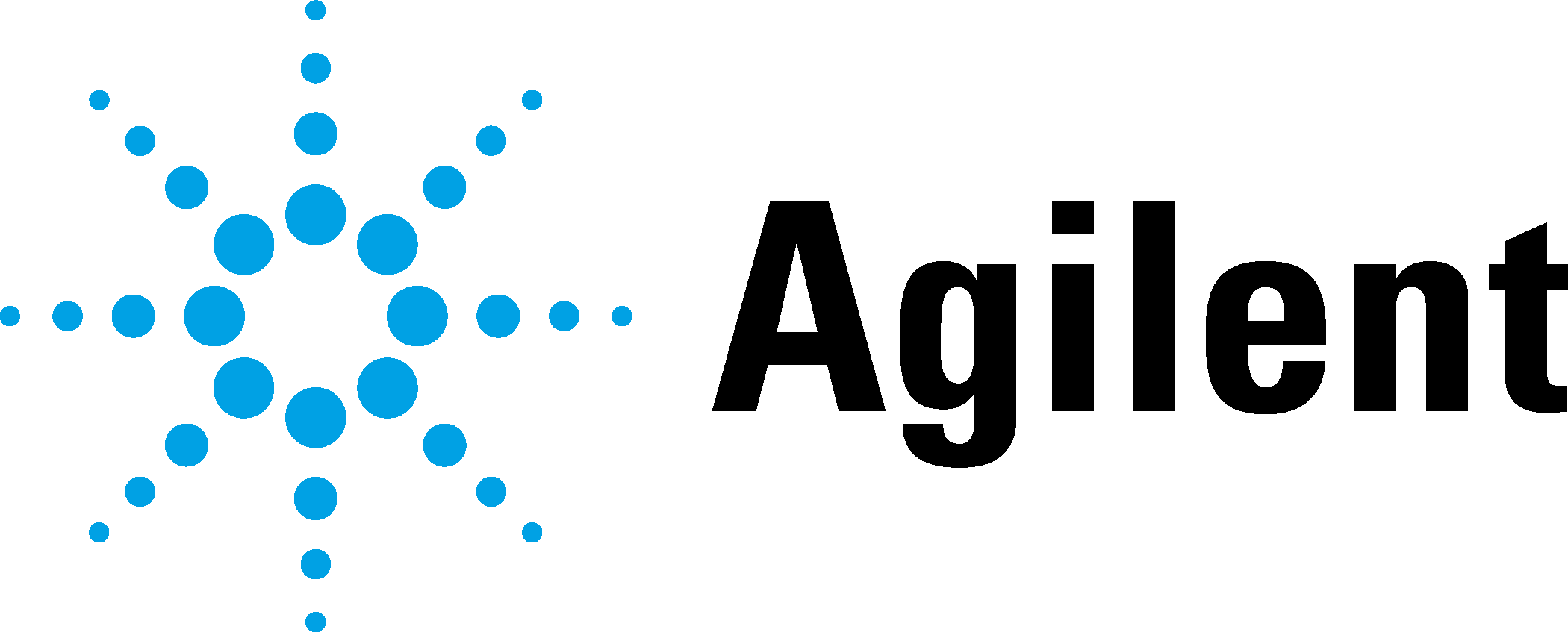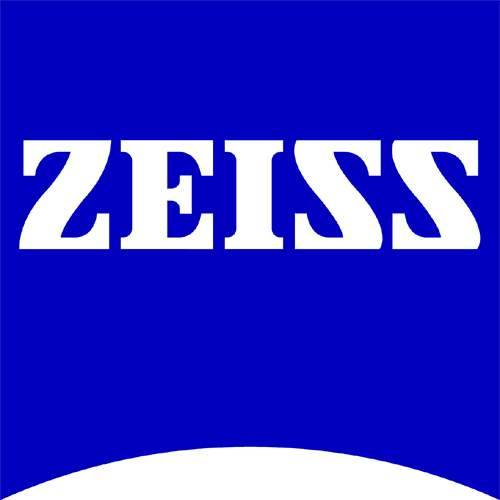|
15th Annual Symposium Physics of Cancer Leipzig, Germany Sept. 30 - Oct. 2, 2024 |
PoC - Physics of Cancer - Annual Symposium | |||||||||
|
|
Poster
Nesting of Tumor Spheroids
Contact:
The ability of cancer cells to migrate in their environment is critical in the emergence of the metastatic progression. Migrating cancer cells must often travel long distances in the body until their secondary metastatic side is reached. Once the primary tumor is left they must endure a long journey through ever changing tissue environments, intravasate into the blood stream and eventually extravasate into a distant organ. As a result, the cancer cell’s environment becomes highly diverse during migration and the underlying mechanisms are exceedingly complex. Besides widely researched biochemical interactions between cancer cells and their surrounding tissue, the underlying physical mechanisms of the interactions are of great interest as well. It has long been shown that a tissue’s mechanical properties such as stiffness and fluidity can heavily influence the behavior of migrating cancer cells. Vice versa, cancer cells have been shown to alter said mechanical properties in their immediate surroundings. Observing and quantifying these interplays of cells and their environment in vivo remains generally challenging due to the time scales at which the interactions occur. On the other hand In vitro experiments are often highly limited in mimicking the in vivo case. Even when using actual human derived tissues, sample opacity obstructs detailed 3D imaging of cancer cells in the tissue.
In the wake of a new method in which human derived tissue is cleared of all present cells, we are using a novel biomaterial called decellularized extracellular matrix (dECM) as a highly realistic, highly transparent extracellular matrix network. By seeding green-fluorescent-labeled breast cancer cells onto TAMRA-stained dECM, we are able to precisely image and track the migration of cancer cells through the mixture of the collagen, elastin and fibronectin network of the human extracellular matrix. To ensure a high degree of realism, we are using liver- as well as breast tissue derived dECM since breast cancer has been shown to favor metastasizing in the liver. In a multifaceted approach, we aim to correlate the migration routes of cancer cells to the dECM’s stiffness, which is measured using a tabletop MRE device, and its morphology, which is quantified by the nematic order parameter S. Moreover, we will position dECM in the side arms of a microfluidic channel structure resembling the human vasculature. By generating a flow of a cell suspension we aim to accumulate cells at the dECM-fluid-interface and observe the eventual cell migration into the dECM. By this, we are mimicking the extravasation process of migrating cancer cells from the blood stream into the extra cellular matrix under live image microscopy. On our poster we present our first results of our microfluidic and cell seeding efforts. We were able to successfully accumulate, form, and grow cancer cell spheroids in the side arms of our microfluidic channel structure. Moreover, we present first successful cell migration of MDA-MB-231 breast cancer cells into human derived liver dECM. |
